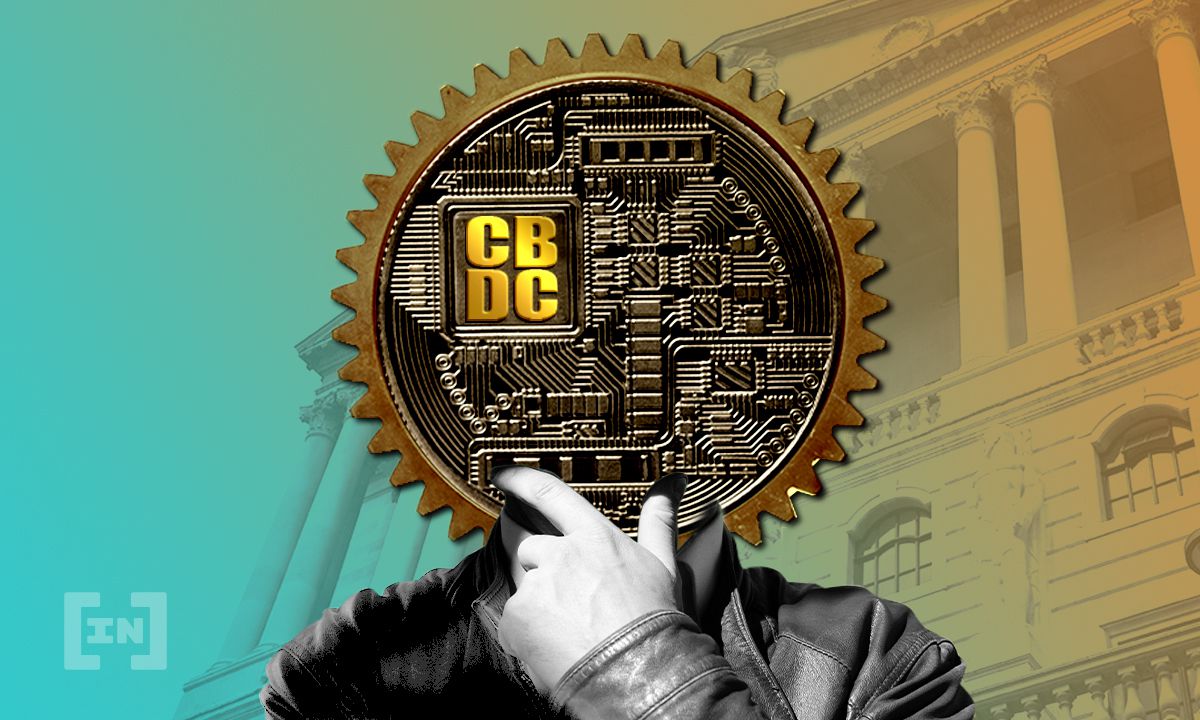CBDCs or Central Bank Digital Currencies represent a form of digital currency issued by a country’s central bank. They differ from the use of cryptocurrencies as this new form of digital money is backed-up. They are issued and controlled by a particular state and not by decentralized entities. Their value is linked to the country who issues their official currency.
Most central banks are currently showing interest in launching their own inquiries and evaluations. By doing this they explore the possibility of implementing this new form of electronic money. According to the 2022 PWC CBDC Global Index, it is estimated that more than 80% of the central banks are considering the possibility of launching their own digital currency while there are others who have already launched their own versions, among them, the Central Bank of the Bahamas (Sand Dollar), the Eastern Caribbean Central Bank (DCash), the Central Bank of Nigeria (e-Naira), the Bank of Jamaica (JamDex), and the Reserve Bank of India (Digital Rupee).
But why this interest?
 On the one hand, CBDCs are a powerful tool for governments to supply citizens and businesses with. They may bring positive contributions concerning the creation of free or low-cost banking accounts, instant payments, or increased transaction efficiency. Here is a list of the potential advantages this kind of technology would entrail:
On the one hand, CBDCs are a powerful tool for governments to supply citizens and businesses with. They may bring positive contributions concerning the creation of free or low-cost banking accounts, instant payments, or increased transaction efficiency. Here is a list of the potential advantages this kind of technology would entrail:
- Instant transfers and payments: Money transfers and payments could be made in real time. They would, in turn, benefit both parties (both the payer and payment receiver). Helping thus reduce the complexity and transaction fees associated with payments and transfers.
- Free or low-cost bank accounts: The financial institutions of the country would provide any legal resident or citizen with a free or basic low-cost bank account.
- Transaction proof: Digital currencies would represent a transaction proof by themselves, in contrast to traditional-physical cash.
- Increased trust: As CBDCs are issued by the central bank and are used as the national digital payment method, confidence in their use is increased.
- Improves competition between banking entities: Free bank accounts could encourage competition between financial entities to attract deposits. This way opening the possibility of introducing back remunerated sight deposits.
- Public policies transmitter: Central bank-based money could become a source of targeted public policies, guiding consumer behavior to specific purposes.
CBDCs still a controversial topic
However, CBDCs remain a controversial topic, as they also bring about potential risks associated with their implementation, chiefly among them:
- End of banking intermediation: Depositors could abandon the banking system altogether, as digital currency is provided to them, as seen in the point above. Digital money can be bought right from the central bank. As a consequence of that, central banks should regulate the use of CBDCs to counterbalance this new reality.
- Currency’s dollarization: In case there was a foreign digital currency that is stronger than the one present in the local environment, it could get replaced.
- Privacy loss: Governments could oversee financial transactions, thus effectively granting them a powerful tool to control its citizens.
- Limited individual freedom: The adoption of CBDCs, specially in authoritarian states, could lead to limited individual freedom (the possibility of buying flight tickets with digital money could be banned to a particular dissident, for instance). It could lead to the limitation or prohibition of the right to purchase determined products deemed undesirable by the government.
How would TaxCore® fit in the equation?
TaxCore®, as a sophisticated, ever evolving, tool for ensuring tax collection and the monitoring of taxpayers’ fiscal invoice issuance is capable of adapting to this possible reality in an ever-changing, challenging, and complex environment.
In this respect, CBDCs could fit in the picture as they would represent a new payment type that could be added to the list of already existing payment methods for transactions that we currently support, among them:
- Cash
- Card
- Check
- Wire Transfer
- Mobile Money
- Voucher
- Other (CBDC)
Moreover, TaxCore® is also able to support multiple payment methods on the same invoice. Therefore, a CBDC payment type could be shared with others in the same receipt. This would make it possible for the users of the system to choose the kind of payments they need to print on their invoices to supply the customer’s needs.
Not just this, but TaxCore®, as a powerful monitoring tool, would be able to translate the information received from the transactions and their payment methods, into specifically tailored reports by payment type that would offer the Tax Administration with a reliable, efficient, and nearly real time platform for monitoring and surveying not only the other payment methods described in the list, but also CBDCs as a payment type.
In conclusion, TaxCore®, once more, shows that is flexible enough to adapt to a new reality, in this case regarding the appearance of CBDCs as a new payment method, in order to focus on the goal which has always guided its path, and which is a vital part of its main core values: the fight against tax evasion and tax fraud.





